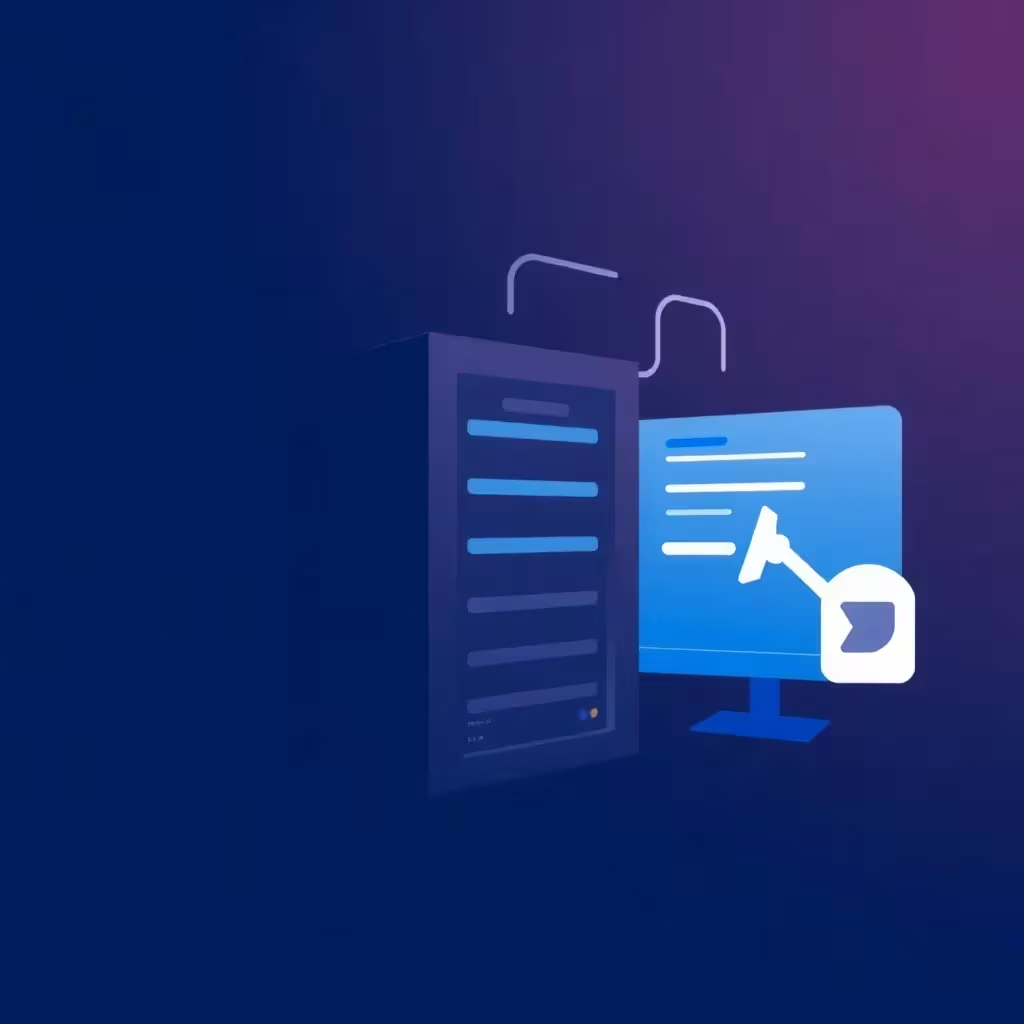Introduction to Digital Twins in the hosting sector
Digital Twins are revolutionizing the way companies manage and optimize their IT infrastructure and hosting services. These virtual representations of real systems enable hosting providers to more accurately monitor, predict and improve their services. At its core, a digital twin is a dynamic, data-driven replica of a physical object or process that is updated in real time and remains synchronized with its real-world counterpart.
Applications of Digital Twins in the IT infrastructure
In the context of hosting, digital twins can be used to virtually map servers, networks and entire data centers. These virtual models continuously collect data from sensors and IoT devices attached to the physical infrastructure. By analyzing this data, hosting providers can gain deep insights into the performance, efficiency and potential problems of their systems.
Advantages of Digital Twins in hosting
Preventive maintenance
A key advantage of Digital Twins in hosting is the possibility of preventive maintenance. By monitoring real-time data, potential outages or performance bottlenecks can be detected and rectified at an early stage before they lead to serious problems. This significantly increases the reliability of hosting services and minimizes downtime for customers.
More efficient use of resources
Digital Twins enable a more efficient use of resources. Hosting providers can use the virtual models to simulate different scenarios and find the optimal configuration for their infrastructure. This can lead to significant energy savings and a reduction in operating costs.
Improved security
By accurately mapping the infrastructure, potential vulnerabilities can be identified and rectified more easily. In addition, security measures can be tested in the virtual environment before they are implemented in the real world, which reduces the risk of security breaches.
Technological foundations for digital twins in hosting
The implementation of Digital Twins in hosting requires a robust technological foundation. This includes:
- Powerful IoT sensors: These continuously collect data from the physical infrastructure.
- Advanced data analysis tools: These enable the processing and analysis of large amounts of data in real time.
- Cloud computing platforms: They provide the necessary computing power and storage space to manage the digital twins.
- Artificial intelligence and machine learning: These technologies help to gain meaningful insights from the collected data and make precise predictions.
Security and data protection at Digital Twins
Another important aspect of digital twins in hosting is improved security. Hosting providers must ensure that the data collected is protected and that only authorized persons have access to it. Data protection and security must be carefully considered, as digital twins contain sensitive information about the infrastructure and possibly also about customer data.
Scalability and flexibility
Scalability is a key advantage of Digital Twins in the hosting sector. As IT infrastructures become increasingly complex, it is becoming more and more difficult to maintain an overview and make efficient decisions. Digital Twins can easily scale with the growth of the company and offer a holistic overview even with large, distributed systems.
Practical application examples
In practice, a digital twin of a data center could, for example, collect and visualize information about server utilization, network traffic, power consumption and cooling performance in real time. Administrators can use this data to:
- Optimize resource allocation
- Identify bottlenecks
- Increase overall efficiency
Disaster recovery and business continuity management
The integration of Digital Twins into hosting services also opens up new possibilities for disaster recovery and business continuity management. In the event of an outage or disaster, the detailed information provided by Digital Twins can be used to initiate recovery measures quickly and precisely. This ensures continuous availability of services and minimizes the impact of disruptions on business processes.
Challenges in the implementation of digital twins
Despite the many advantages, hosting providers face a number of challenges when implementing digital twins:
- Data processing: Large volumes of data must be processed and analyzed in real time, which requires powerful data processing systems.
- Data protection and security: The protection of sensitive information is of the utmost importance.
- Interoperability: Digital Twins must be able to work with different systems and data formats, which requires standardization efforts in the industry.
Future prospects for digital twins in hosting
The future of Digital Twins in hosting promises even more innovation. As edge computing and 5G networks become more widespread, digital twins will become even more detailed and responsive. This could lead to even more accurate predictions and even more efficient use of resources.
Integration with augmented reality and virtual reality
Digital Twins also open up new possibilities in the area of customer support. Hosting providers can give their customers detailed insights into the performance and status of their hosted services. The integration of augmented reality (AR) and virtual reality (VR) with digital twins could revolutionize the way technicians interact with the hosting infrastructure. Maintenance work could be supported by AR overlays that display information and instructions in real time.
Customer benefits through digital twins
For hosting customers, the use of digital twins means greater transparency and better control over their hosted services. Many providers are developing user interfaces that allow customers to view and interact with their own virtual representations. This can provide valuable insights into the performance and usage of hosted resources and help customers optimize their applications.
Optimizing the IT infrastructure with Digital Twins
Digital Twins offer a powerful way to continuously monitor and optimize the IT infrastructure. By simulating different operating conditions, hosting providers can proactively make adjustments to maximize performance and efficiency. This not only contributes to cost savings, but also improves the quality of service for customers.
Sustainability and environmental friendliness
An often overlooked advantage of digital twins is their contribution to sustainability. By optimizing the use of resources and saving energy, digital twins help to reduce the environmental footprint of data centers and IT infrastructures. This is not only good for the environment, but can also strengthen a company's image and attract customers who value sustainable practices.
Conclusion
In summary, digital twins are a powerful tool in the hosting space that can significantly improve the efficiency, reliability and security of IT infrastructures. While the technology is still relatively new, it is already showing promising results and has the potential to fundamentally change the way hosting services are delivered and managed. As development progresses and adoption becomes more widespread, digital twins will undoubtedly play a central role in the future of hosting.



